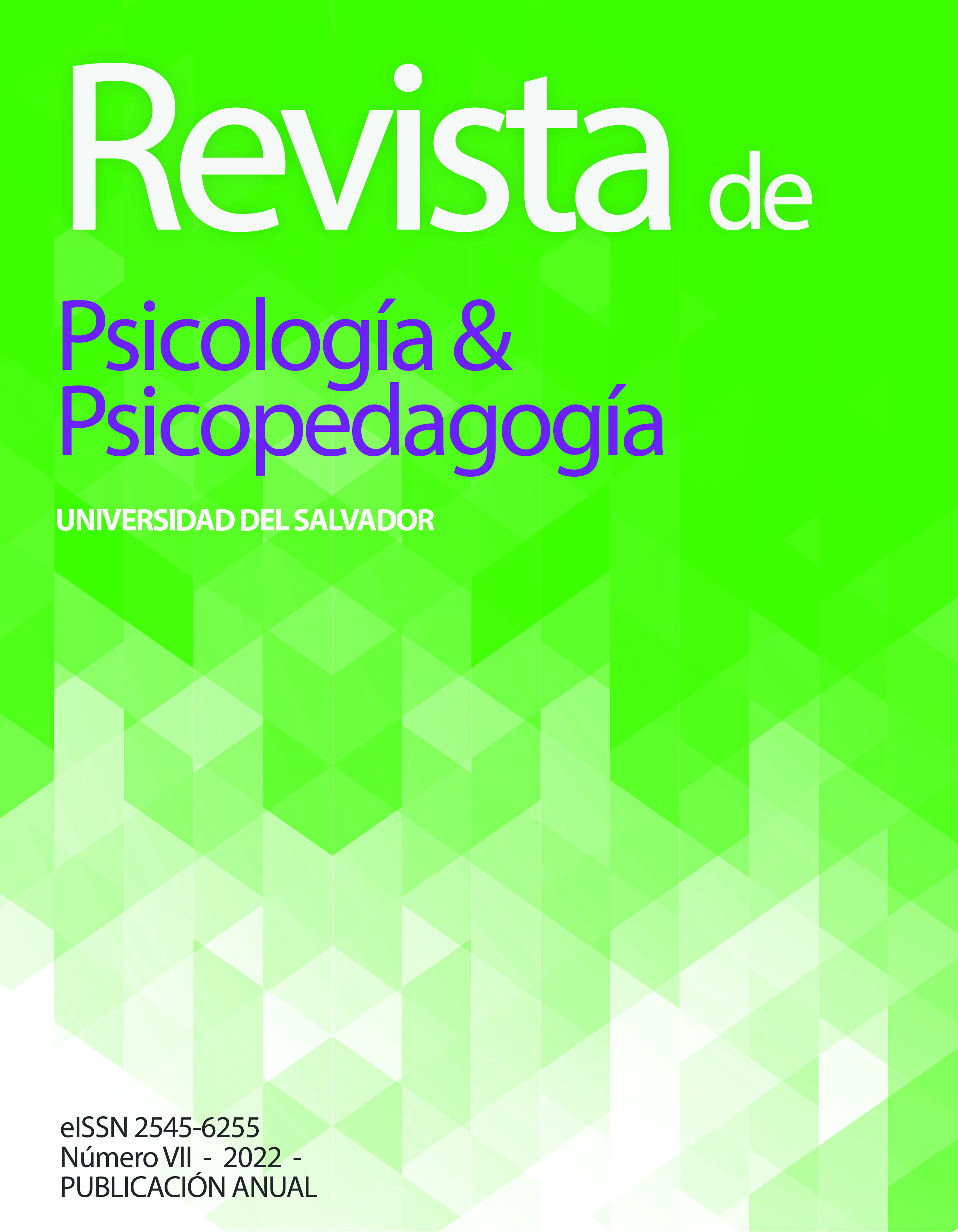Methodological considerations for the study of non-conscious processes through the masked priming paradigm
Resumen
Unconscious processes can be experimentally studied from a great variety of paradigms. One of the most widely used is the so-called “masked priming” in which a stimulus (i.e., a word) called prime is masked in such a way that it cannot be consciously perceived but still influences the response to another subsequent stimulus called target. However, because of the complexity of conscious processes, there are a number of variables that must be taken care of when applying this paradigm. Unfortunately, most of those variables are difficult to grasp and therefore it becomes a trial and error struggle for scientists attempting to scientifically study consciousness. The purpose of this paper is to make a contribution to facilitate the task for those scientists. To that extent, we will discuss about current literature of masked priming based on two main themes: The central problems that have been addressed through the use of masked priming paradigm (i.e., semantics, emotions and attention), and methodological considerations (i.e., the presentation format of the stimuli, the masks, visibility measures and the Stimulus Onset Asynchrony [SOA]). The present article might be useful for those researchers planning to utilize this paradigm to study the phenomenon of consciousnessDescargas
Publicado
Cómo citar
Número
Sección
Licencia
CREATIVE COMMONS 4.0 Internacional
Los trabajos publicados en esta revista están bajo Licencia Creative Commons Atribución-NoComercial-CompartirIgual 4.0 Internacional.
Las obras publicadas bajo esta licencia pueden ser compartidas, copiadas y redistribuidas en cualquier medio o formato. Asimismo, se autoriza la adaptación, remezcla, transformación y creación. Tanto el compartir como el adaptar son posibles siempre y cuando se le otorgue el crédito a la obra de forma adecuada, proporcionando un enlace a la licencia e indicando si se han realizado cambios. Asimismo, no es posible realizar un uso comercial del material.






